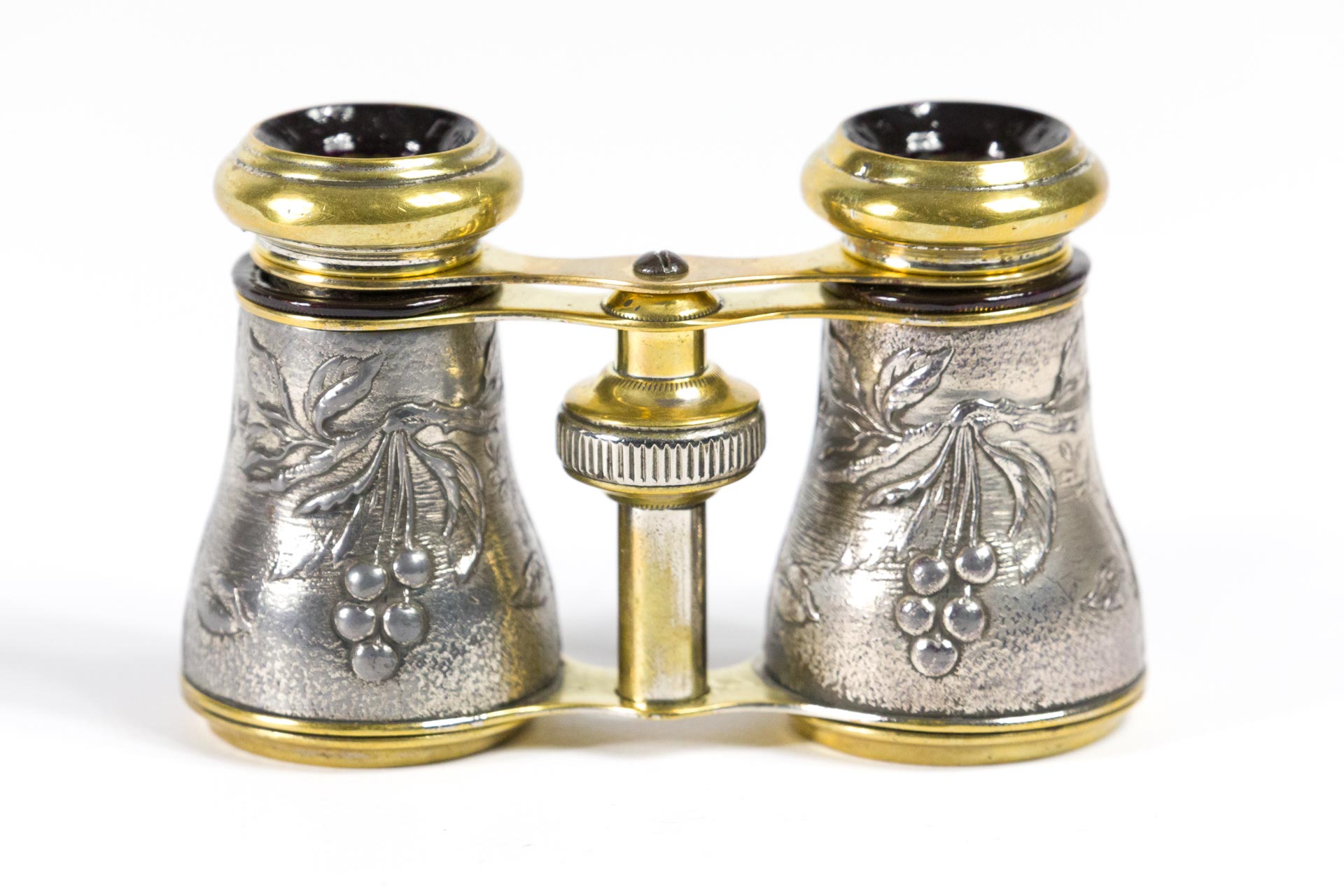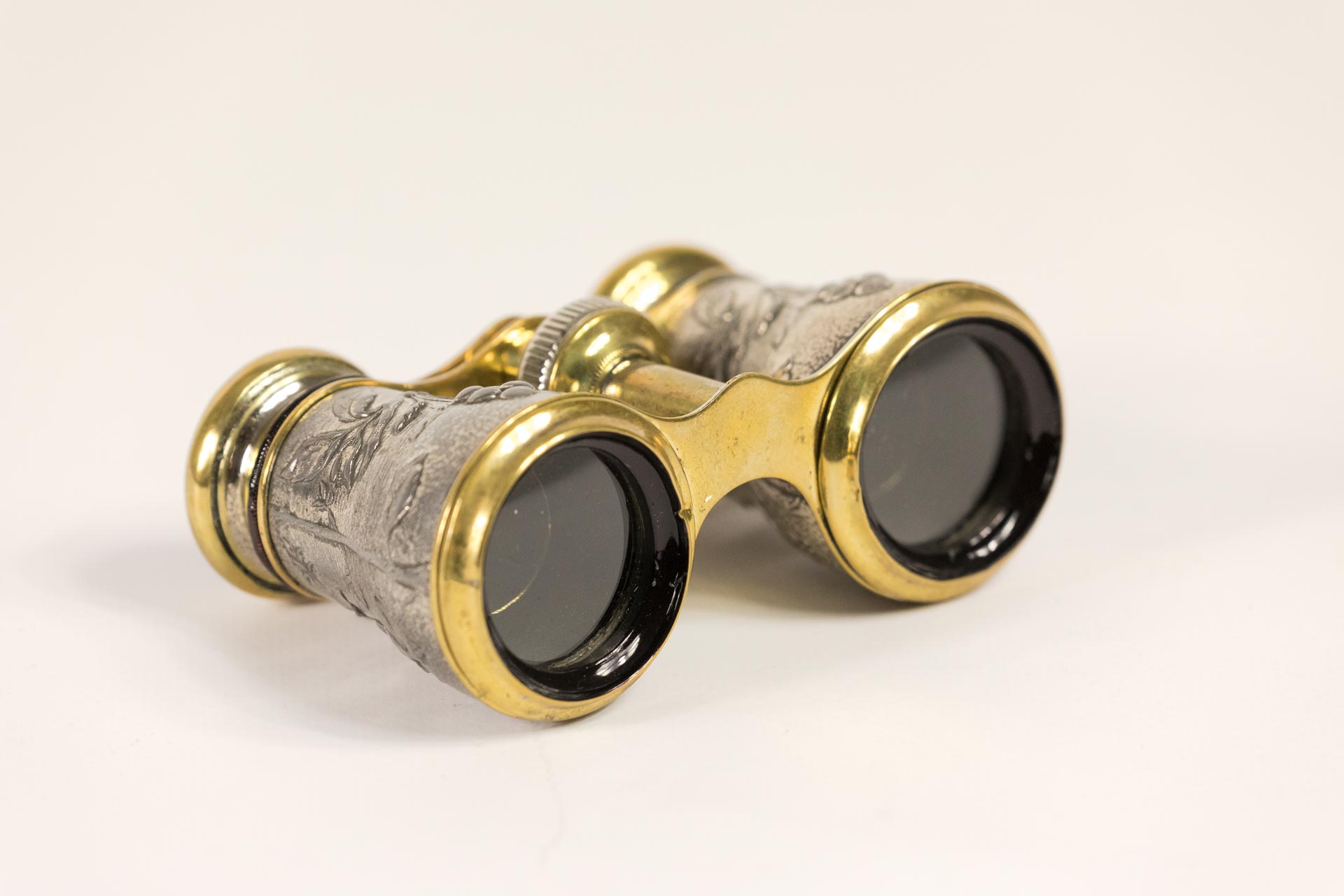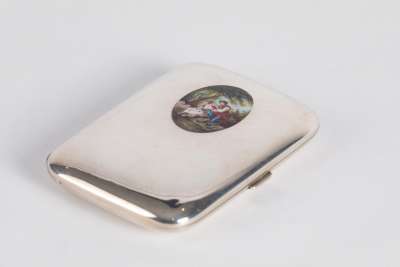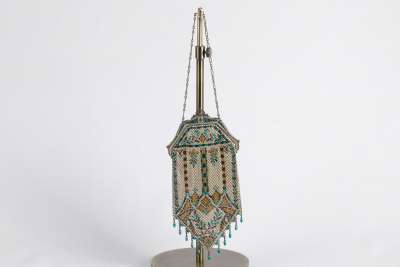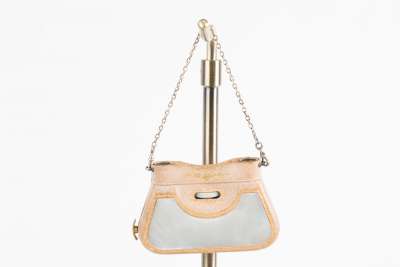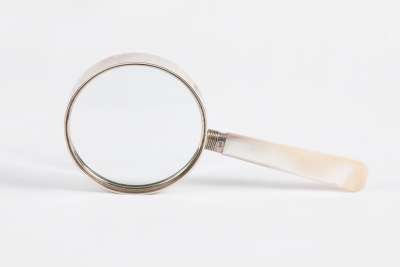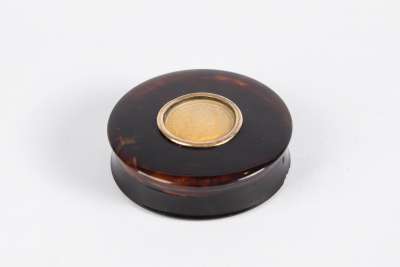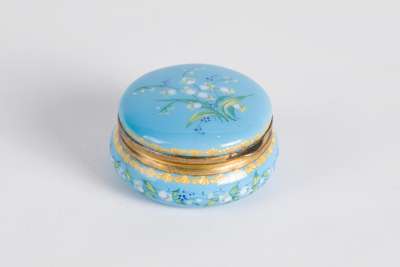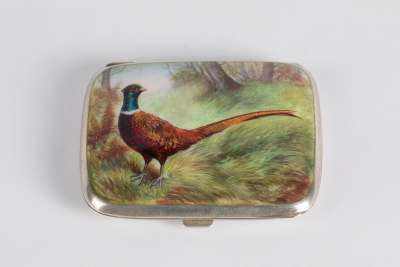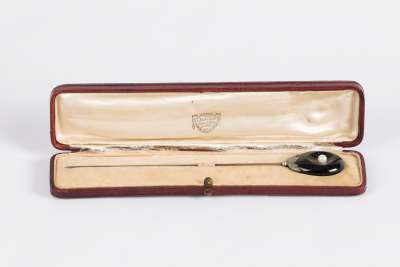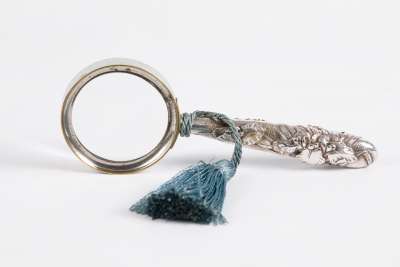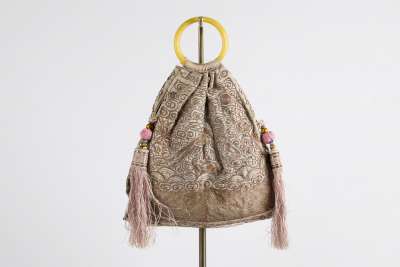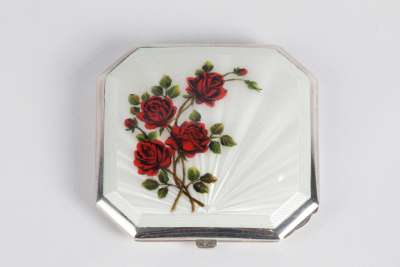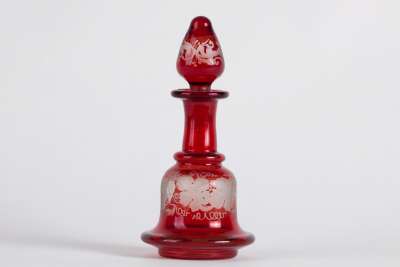This pair of French binoculars, dating from circa 1890, features a brass and metal construction that beautifully showcases an embossed bird and floral design. These binoculars reflect the intricate craftsmanship of late 19th-century France, highlighting the artistic sensibilities of the time. With their elegant design and functionality, they are an exemplary representation of the period's optical instruments.
Condition Report
The French binoculars are in good condition, showing minimal wear consistent with their age and use. The brass and metal structure remains intact, with the embossed bird and floral patterns well preserved. The optics are functional, providing a clear view, although the focus adjustment may exhibit slight stiffness typical of vintage items. The binoculars open and close smoothly, indicative of their well-maintained state. Overall, these binoculars have been carefully preserved, offering a glimpse into the past while maintaining practical usability.
Dimensions
Weight: 255gm, Length: 10cm, Width: 4cm, Height: 6cm.
An Essential Tool for the Avid Traveller
Originally, these binoculars would have served as an essential tool for travellers and nature observers in the late 19th century. The compact design made them easy to transport, while the durable brass and metal construction ensured longevity. They would have been particularly useful for birdwatching, due to the bird motif embossed on the exterior, reflecting their intended connection to nature. As a practical accessory, they allowed users to explore and appreciate distant landscapes and wildlife.
Reflective of Late 19th Century French Design
The design of these binoculars is characteristic of late 19th-century French artistry, with an emphasis on ornate detailing and functional elegance. The embossed bird and floral patterns are not only decorative but also indicative of the era's fascination with nature and the natural world. This period in France was marked by a blend of artistic expressions, where utility was seamlessly integrated with beauty. Such designs were popular among the bourgeoisie, who valued both the functionality and the aesthetic appeal of their possessions.
The Craft of Brass and Metalwork in 19th Century France
The binoculars exemplify the fine brass and metalwork that was prevalent in 19th-century France. The embossed detailing would have been achieved through meticulous craftsmanship, likely involving techniques such as repoussé or chasing to create the intricate designs. The assembly of the binoculars would have required precision engineering to ensure the alignment of lenses and ease of use. Such craftsmanship highlights the skills of artisans of the time, who combined technical expertise with artistic flair to produce functional yet decorative objects.
Attributed to Unknown French Craftsmen
While the specific maker of these binoculars remains unidentified, they are undoubtedly the work of skilled French craftsmen. During the late 19th century, France was home to numerous artisans who specialised in the production of optical instruments. These craftsmen were known for their attention to detail and quality, ensuring that each piece not only functioned effectively but also reflected the refined tastes of their clientele. The absence of a maker's mark suggests these binoculars were likely produced by a smaller workshop, focusing on bespoke creations rather than mass production.
Collected by Enthusiasts of Historical Optical Instruments
Antique binoculars such as these are highly sought after by collectors of historical optical instruments. Their appeal lies not only in their functionality but also in their decorative aspects and historical significance. Collectors value the opportunity to own a piece that represents the technological advancements and aesthetic preferences of a bygone era. Such items provide insight into the evolution of personal optics and the role they played in exploration and leisure during the 19th century. As a result, they occupy a prized position in collections dedicated to the history of science and technology.
